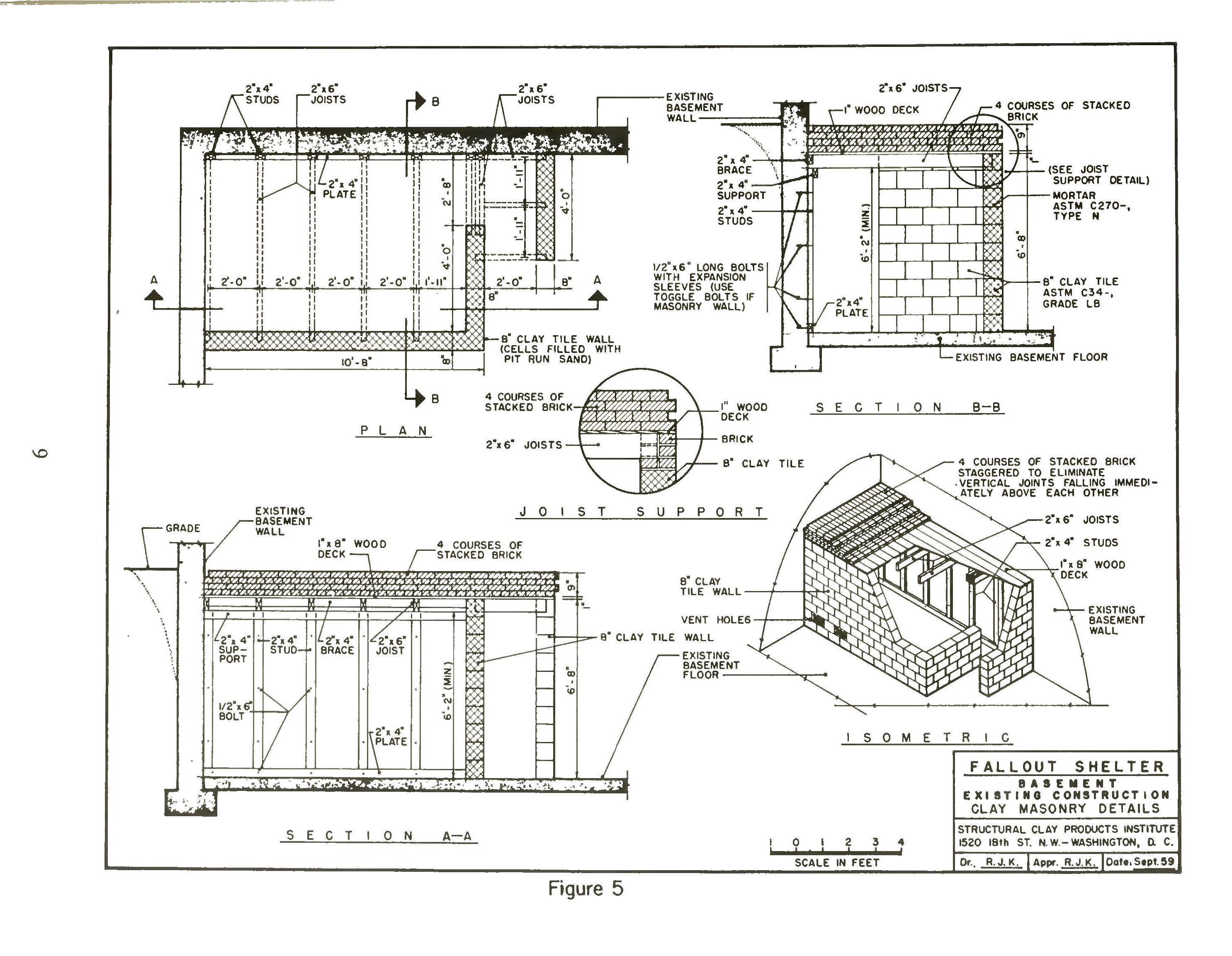

Peterson recognized that the Soviets would also develop the Superbomb and that the blast destruction and fallout would be much more deadly than they had thought before. Val Peterson was serving as the head of the Federal Civil Defense Administration (FCDA) when the reports came in. The blast area itself and the area that was exposed to radiation strong enough to sicken and kill humans were much larger areas than they had expected. Scientists were surprised when debris from the bomb that had become radioactive began to fall out of the sky 72 miles away from the blast site.

tested their first "Superbomb", a hydrogen fusion bomb that was 500 times more powerful than the Nagasaki bomb. Citizens were told to learn the locations of shelters in their communities.īut then, in 1954, the U.S. They sported distinctive "CD Shelter" signs. Public and commercial buildings that were built strongly and had room for groups of people were set up as shelters with food, water and cots. The idea was that if an atomic bomb exploded, you would try to survive the first blast and then look for shelter from the radiation for a short time. The potential devastation was so great and people were so nervous that old approaches wouldn’t work.īy 1950, the first CD plans called for citizens "duck and cover" if they saw a bright flash of light from an atomic bomb explosion. There had been civil defense agencies in WWI and WWII, but what made "CD" different in the 50s was the atomic bomb. The problem for civilian and military officials was how to devise plans that would give civilians a chance to survive a nuclear war. With SAC on our eastern border, airbases and missile bases across the state and a major ammunition dump outside of Hastings, the state would be "Ground Zero" - the aiming point - of nuclear missiles and bombers in the event of a nuclear war. In the 1950s and 60s, Nebraska was the target of Russian nuclear bombs.


 0 kommentar(er)
0 kommentar(er)
